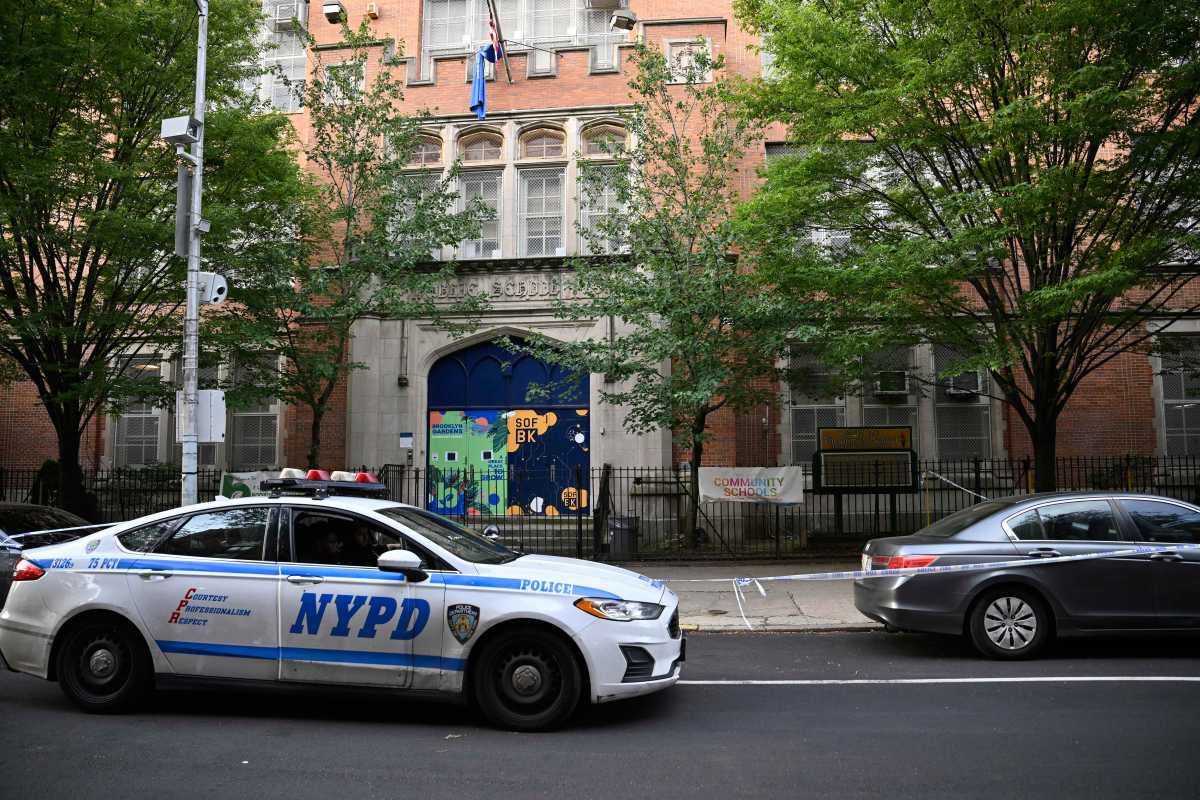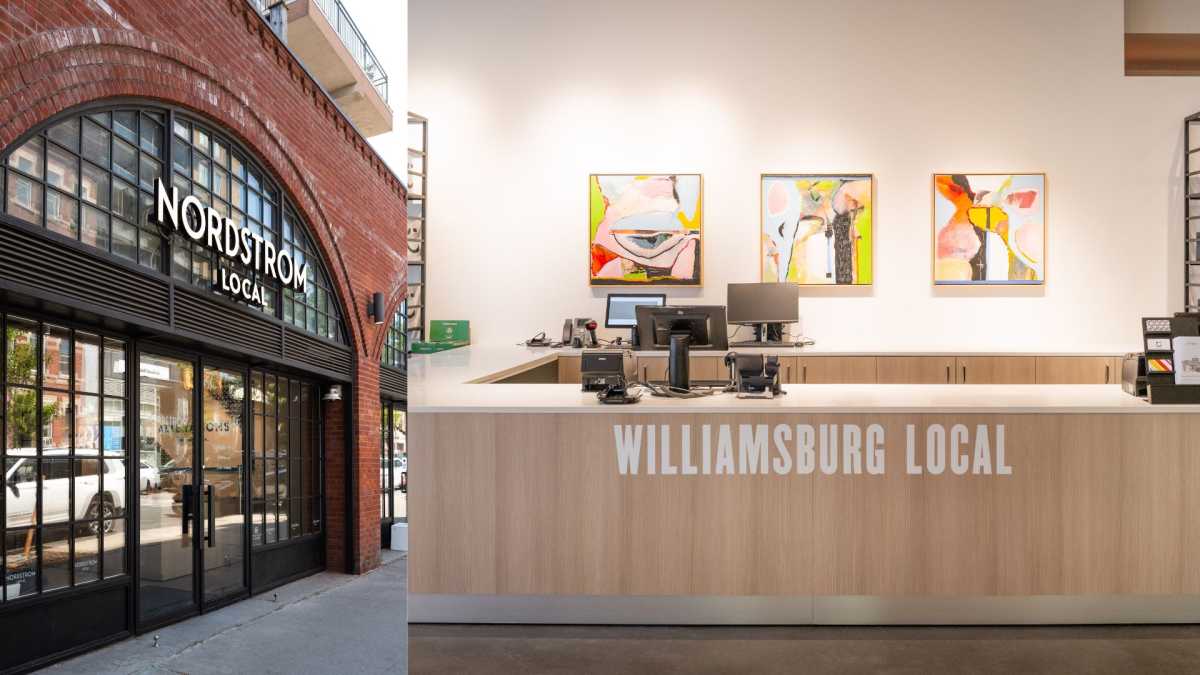Plenty of things — both dead and alive — have turned up over the years floating in the Gowanus Canal, but inanimate objects are producing consternation this week among community activists.
Pipes floating atop the canal are making locals wonder what exactly is happening at the waterway, which was designated a Superfund site this week.
In an email, Marlene Donnelly, a member of the group Friends and Residents of the Greater Gowanus, demanded the city explain the recent work, and urged other groups to join in requesting a public meeting to enlighten locals. This course of action “is the best way to assure the community that this action is in our best interest,” she reasoned.
Michael Saucier, a spokesperson for the city’s Department of Environmental Protection said the pipes are part of a facilities upgrade project at the canal, a multi-million initiative expected to improve water quality and reduce the waterway’s foul odors.
Saucier pointed to a Community Board 6 newsletter, which detailed the recent work, including the construction ofconcrete pads at the foot of Douglass Street to support a temporary oxygenation system. The canal oxygenation system, which the pipes are a part, will mix oxygen with canal water drawn from, and returned to the canal.
Saucier said that workers began fusing the pipe on February 1 and began floating it down the canal during the week of February 8.“Basically, the pipe arrives on site in 50-foot lengths and we fuse four lengths together to make 200-foot lengths. We have pipe tied up at several locations along the canal, but have not begun the installation of the pipe,” he said.Eventually, the pipes will be sunk to the bottom of the canal.
The workhad been planned as early as 2002, and will ultimately see a $50 million rehabilitation of the existing flushing tunnel and a $85 million upgrade of the wastewater pumping station.The project, expected to be completed in 2013, will increase water flow into the canal by pumping water from Buttermilk Channel to the head of the canal and enriching oxygen levels in the water.
The temporary system will oxygenate the water for the duration of the project since the flushing tunnel must be decommissioned during the upgrades.
Saucier said the agency would meet with locals, if asked. “If the community wants to meet, we are happy to talk — and we have demonstrated that over time,” he said. “We are happy to be going forward with this $150 million project which will lead to improved water quality in the Gowanus.”
Agency officials have in the past have publicly detailed their plans for the waterway, but when the mayor visited the Gowanus in October to discuss the work, the affair was invitation only, and members of Donnelly’s group were kept waiting outside the gates.



















